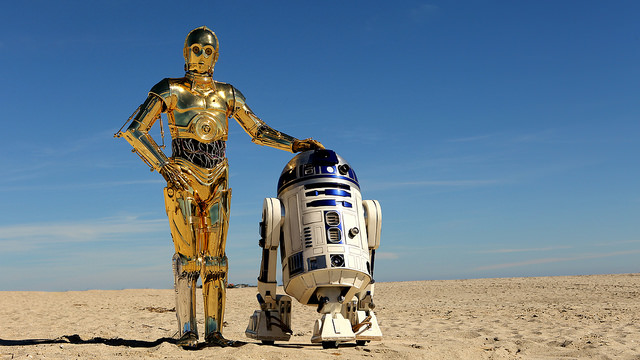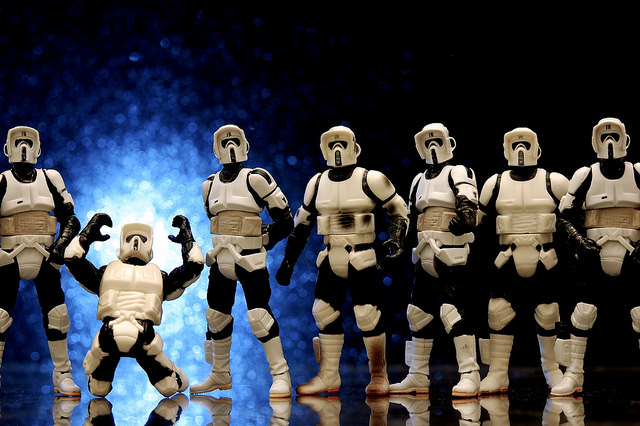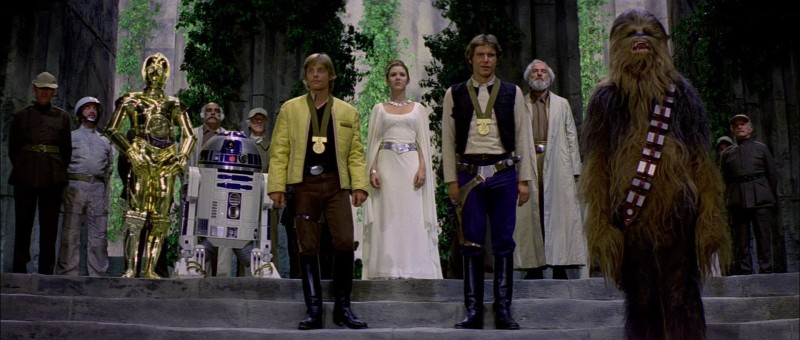- 5-minute read
- 8th December 2018
Writing a Novel with a Three-Act Structure
Are you writing a novel (or thinking of writing one)? If so, you may want to use a three-act structure. But what exactly does this mean? Let us explain the basics of how a three-act structure works.
What Is a Three-Act Structure?
The three-act structure is an ancient idea (literally; it goes back to the Greeks and Romans). The basic notion is that a story can be broken down into three ‘acts’ as follows:
- Act One (Setup) – The beginning of your story, where the world and characters are introduced and something happens to set up the action of the rest of the story.
- Act Two (Confrontation) – The main part of your story, where the characters develop and the stakes get higher. Eventually, though, they run into an obstacle or crisis that stops them.
- Act Three (Resolution) – The end of your story, where the characters face their problems and finally overcome them, followed by wrapping up the plot and subplots.

(Image: Bratislav/wikimedia)
This is a very common structure for novels (as well as films and other narrative fiction). Using this to guide your story will therefore make it easier to follow and more satisfying for most readers. In the rest of this post, then, we’ll look at what each act should include in more detail.
Act One: Setup
The ‘setup’ of your story is where you set the stage for what follows. This begins with introducing the main characters and what their lives are like. Later, though, something will happen that disrupts this status quo (an inciting incident). This will lead to the first turning point, which sets up act two by having your protagonist (i.e. the lead character) decide to take action.
We can use Star Wars to illustrate this. To begin with Luke Skywalker is living with his aunt and uncle on Tatooine. But then he finds R2D2 and the message from Princess Leia, an inciting incident that means he becomes involved with the rebellion. The turning point then occurs when his aunt and uncle are killed, leaving him resolved to help Leia and the rebels on Alderaan.

(Photo: Darryl Moran/flickr)
Act Two: Confrontation
The second act should set out the ‘rising action’, which is where your protagonist starts to pursue their goals, confronting various challenges as they do so. This is also where you can introduce extra characters and subplots. This will usually take up about half of the overall story.
Around the midpoint, the characters will come close to achieving their ultimate goal only to fail (the ‘crisis’). This is usually based on a weakness that the protagonist will need to overcome.
The second act then ends with the characters resolved to keep going despite their setbacks (the second ‘turning point’).
Find this useful?
Subscribe to our newsletter and get writing tips from our editors straight to your inbox.
We can look again to Star Wars to see how this works. After deciding to help Leia, Luke and Obi Wan Kenobi need a way to leave the planet. This is when they meet Han Solo and Chewbacca (introducing their subplot), as well as outsmarting the stormtroopers to escape Tatooine. We also see Luke first trying to understand the Force with help from Obi Wan Kenobi.

(Photo: JD Hancock/flickr)
The crisis moment comes after they arrive at Alderaan only to find that it has already been destroyed. While trying to rescue Leia, they are then discovered and have to flee. But before they do, Darth Vader kills Obi Wan, leaving Luke without anyone who can teach him about the Force.
Act Three: Resolution
Act three of the three-act structure is where your characters regroup, prepare and finally achieve their goals. This is usually the last quarter of the story, so it is where you need to wrap up the plot and subplots.
Typically, the third act will build to a big confrontation with the main antagonist (known as the ‘climax’). This is followed by the denouement, where things settle down and a new ‘normal’ is established depending on how the characters have developed during the story.
In Star Wars, this takes the form of the rebels planning an attack on the Death Star. The climax involves Luke, who is being chased by Darth Vader, using the Force – thereby overcoming the loss of his mentor – to pull off a perfect shot and destroy the Death Star.
The denouement is shown with their return to the rebel base, where a medal ceremony takes place for our new heroes. The end.

(Image: Lucasfilm Ltd. [Fair Use])




